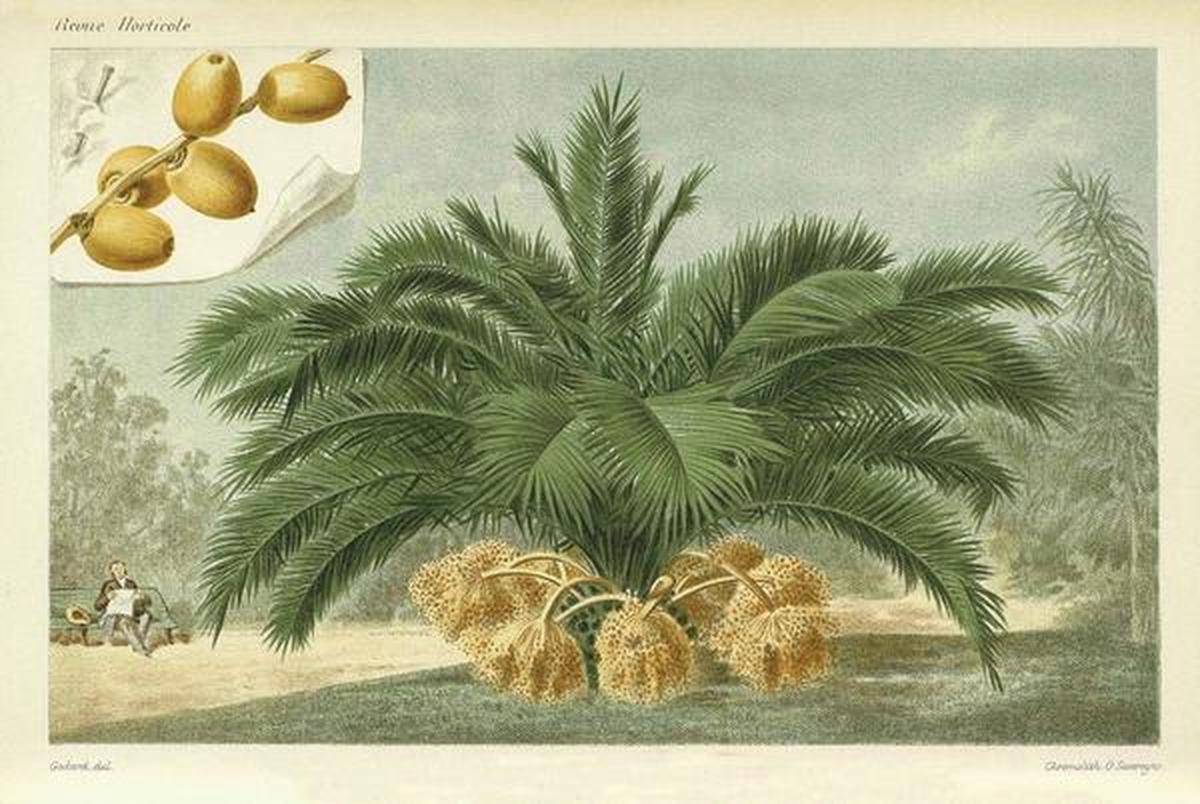Phoenix canariensis Chabaud
ArecaceaeLa canaria es una palmera de tronco grueso y vertical, que difícilmente supera los 12 metros de altura. Las primeras noticias de esta palmera, de la cual se extraía ya entonces miel de palma, proceden de las exploraciones a Canarias de Juba II (50 a.C. – 23 d.C.), rey de Numidia, a quien estas islas deben el nombre. Sin embargo dichos descubrimientos, celebrados antaño tanto por Plinio el viejo como el joven, cayeron en el olvido. Para tener nuevas noticias sobre estas palmeras fuera del archipiélago canario deberíamos esperar al vizconde Vigier, antiguo oficial de Napoleón III, casado con una cantante de ópera y apasionado de la horticultura, quién la introdujo en Niza hacia 1865 al plantarlas en la villa que se hizo construir. Así, el cultivo de la palmera canaria se extendió desde Niza por toda la Riviera francesa en un momento en que esta región se estaba convirtiendo en uno de los destinos turísticos favoritos de la clase alta europea. Asociada a ambientes festivos de la élite, la palmera canaria bien pudo, por primera vez, cultivarse en los jardines del Real Alcázar al hilo de las modas aristocráticas francesas llegadas a Sevilla a partir de la presencia en la misma de los duques de Montpensier. En cualquier caso, la palmera canaria corre el riesgo de desaparecer del jardín del Alcázar en la actualidad por la agresiva actuación de un coleóptero, el picudo rojo -Rhynchophorus ferrugineus-, un particular “jardinero” que está modificando, una vez más, la imagen vegetal de los Alcázares.
Procedencia
AfricanoCalendario
Hábitat
Morfología
 Palmera
Palmera
 Parasol
Parasol
 Pinnada
Pinnada
 Lineal
Lineal
 Otras disposiciones
Otras disposiciones
 Entero
Entero
 Cuneada
Cuneada
 Agudo
Agudo
 Perenne
Perenne
